Branching out into its own branded products for the first time, design firm Quarterre has been instrumental in the development of Schedoni Modena’s new range.
Established in 2010, Quarterre is a mobility design studio founded by Clive Hartley, Dr Daniele Ceccomori, Jason Povlotsky and Nick Mannion. Based across two studios in London and Denmark, the company’s projects include brand and experiential spaces, retail experiences, bike design, micro mobility and automotive accessories. Most notably, Quarterre has designed luggage for McLaren Speedtail, Senna and GT models as well as a new 10-piece range for Schedoni Modena’s first own-branded products.
Explaining the process of creating a new automotive luggage concept, Ceccomori says, “These products are always created from the ground up. The architecture of the bag, the styling, features and details are always invented bespoke for the car. We want to clearly transfer some of the iconography of the vehicle design into the bag.”
Hartley adds: “Even the selection of what types of bags are in the set is something we advise on.” Since the bags are chosen and made specifically for the vehicle, using materials that are found in the car, it would be impossible for a customer to replace these pieces with a high street product.
Ordinarily, the design process starts with a volumetric study of the load space. Combined with the character of the car, the team then suggests the number of items that would fit, as well as their function. For example, its three-piece set for the McLaren Senna included two bags for race helmets while the Speedtail included five bags designed for touring with the vehicle. The pieces are designed individually and considered together to ensure the bags can be easily manoeuvred into the space and don’t interfere with each other when they’re in place.
We’re looking at ways of working with the natural curvature of these materials
Quarterre works closely with the vehicle designers to understand the key components of the car’s design to incorporate into the bags. As well as the shape, the team designs bespoke metalware and bag structures to facilitate functionality and unique handle designs. “These vehicles are collectors’ pieces from the day the idea is first born,” says Hartley. “Having a set of luggage that becomes part of the ownership experience is key to the vehicle’s story.”
Before founding Quarterre, Hartley and Ceccomori came from backgrounds in automotive design, both working at Nissan, before moving on to Studio F. A. Porsche and Bentley, respectively. Drawing comparisons between automotive design and luggage design, Hartley says, “You’re looking at very practical packages for which you then have to style and create an aesthetic. Where luggage design differs is we’re working with materials like leather and fabrics. We’re looking at ways of working with the natural curvature of these materials and that allows us to create the forms and graphic patterns that we want.”
Using materials like carbon fibre, the team is able to create more complex shapes. “Often when we’re working with semi-rigid bags that are just leather structures, it’s a bit more like origami or suit making where you’re creating the patterns,” Hartley explains. These patterns are then refined so the lines of the bag fall in the way the design calls for. “There’s a lot of this job that’s the same as automotive design,” he adds, “but it also moves towards something that’s closer to fashion.”
Unlike its typical automotive luggage design, Quarterre didn’t have a car to use as its inspiration for the Schedoni Modena range. For the past 50 years Schedoni has been supplying travel goods to the luxury automotive industry. Drawing on this heritage, Quarterre designed 10 bags and point of sale displays to launch Schedoni Modena’s take on travel goods.
“The idea was to come out with a fairly avant garde but classic collection but, at the same time, covering some key functionalities for day-to-day necessities like the weekender and a slim backpack,” says Ceccomori. “It was about linking the expression to Schedoni’s foundation in automotive design.”
The Schedoni Modena range was inspired by automotive design, with the pieces given a streamlined shape. “At the same time we wanted to challenge the stereotypical architectures of bags, so there’s a lot of compound form and shape,” Ceccomori explains. This materialised with integrated handles and smooth transitions between from the body of the bag. Just like its automotive luggage designs, the Schedoni Modena range was created with dual colour combinations and multiple materials in mind.
Looking at the future of luggage design in the automotive industry Hartley says the team is “starting to see some car brands looking at the sequence of ordering a car. There’s a growing awareness that the theatre of the whole buying experience is something that needs to be designed in and of itself.” For the luxury automotive market, this experience can include accessories like bespoke luggage and the delivery of these items before the customer receives the car.
“I think that mirrors what you’re seeing in the rest of the automotive world,” he concludes, “where the hard product is the foundation of the experience, but then you’ve got the design of the experience itself. That’s sometimes the more intangible things or moments in time. I think that element of the design is approaching UX design and service design sometimes.”































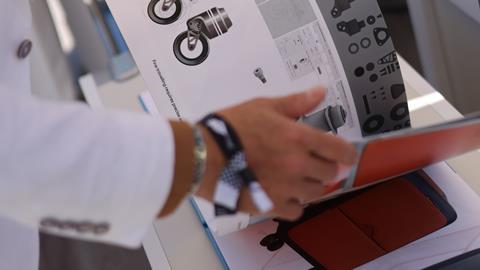
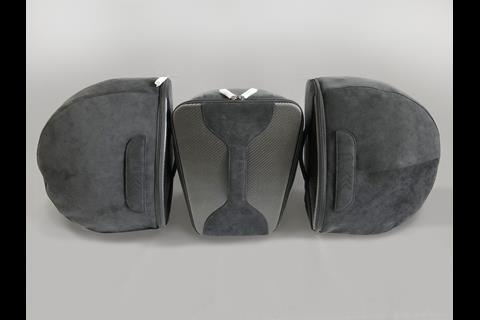
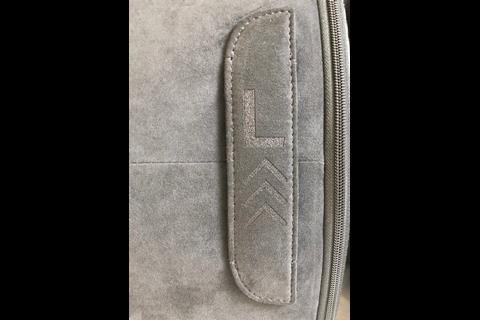
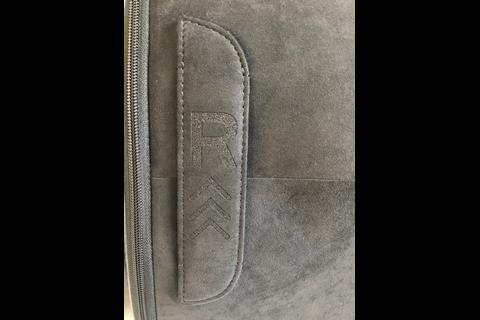
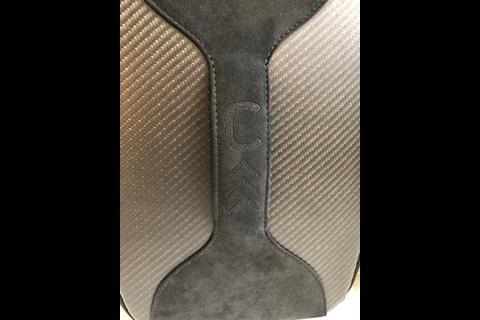

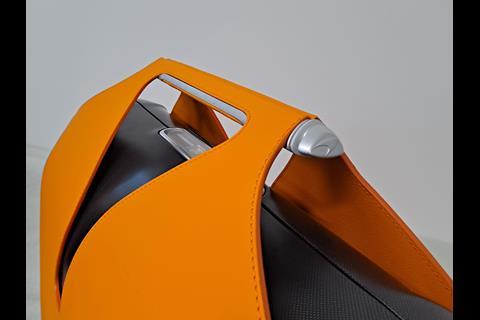
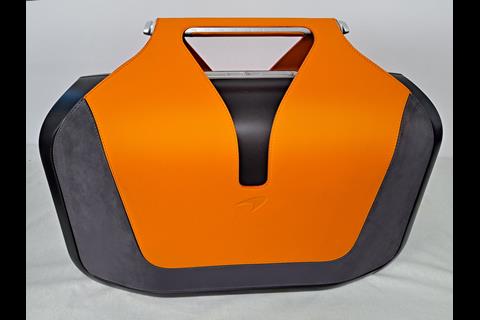
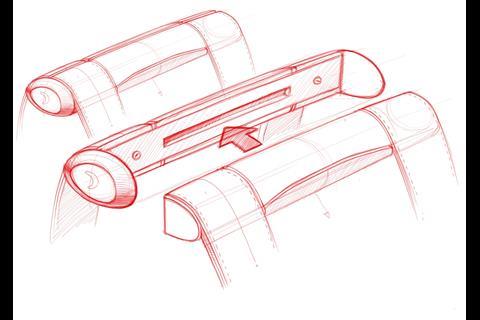
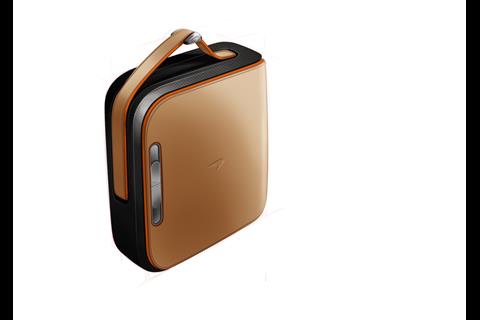
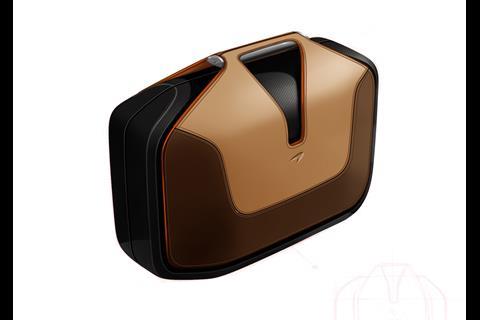
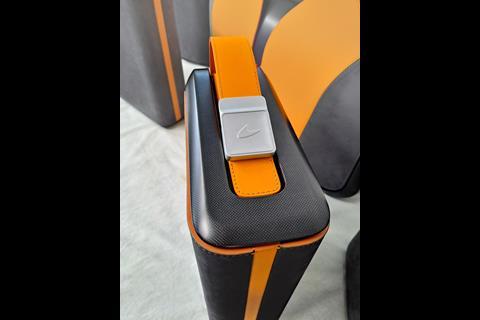
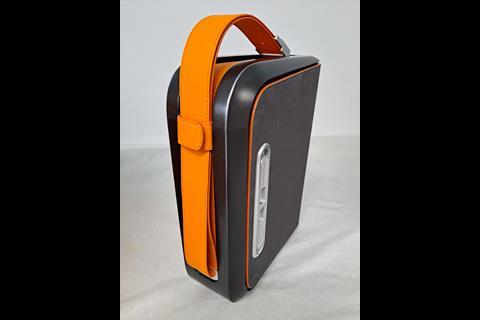

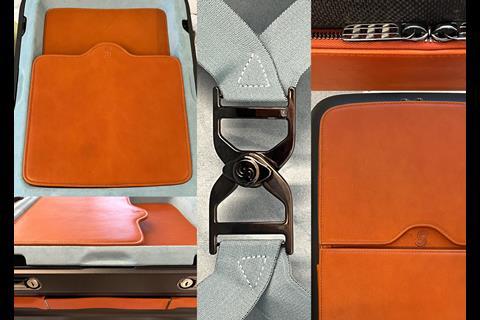
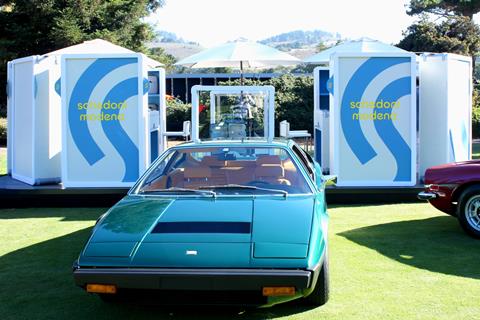
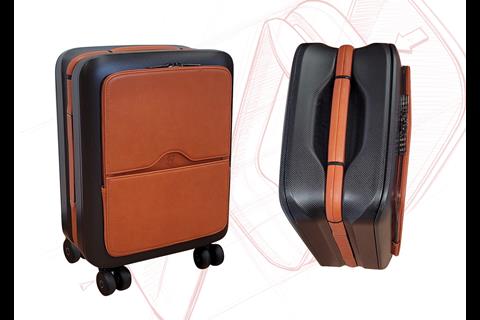

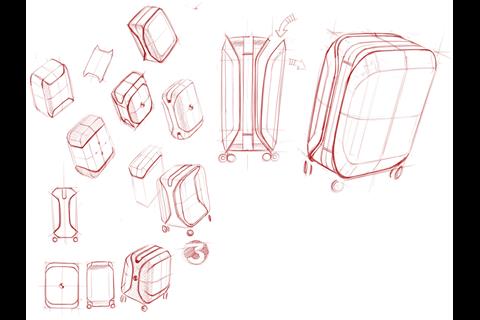
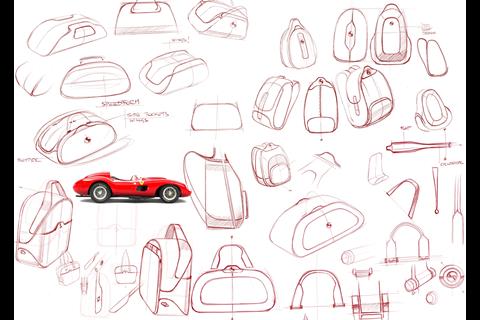
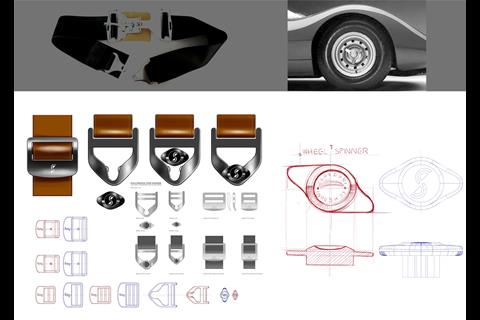
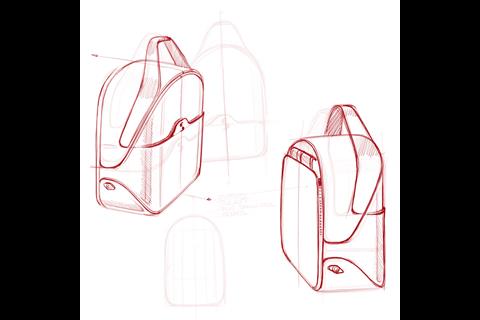
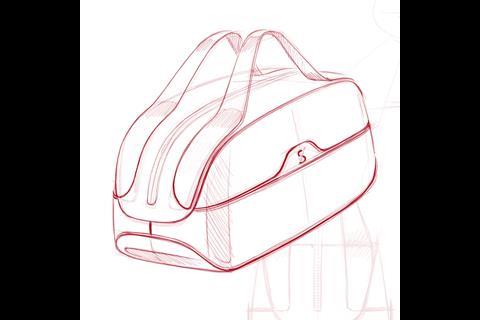
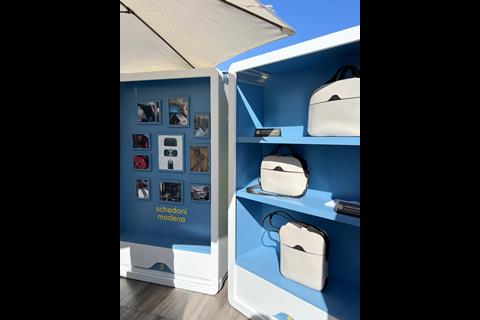
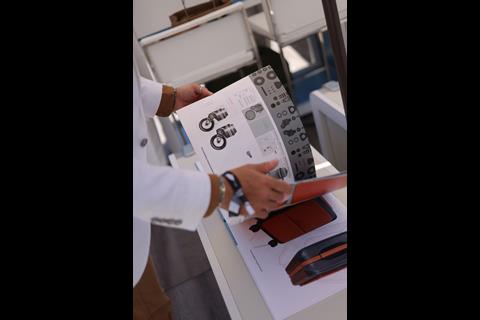

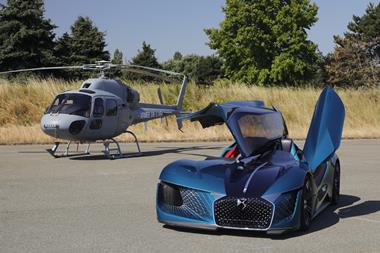
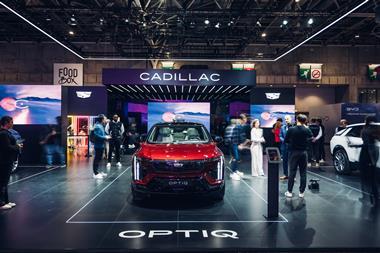

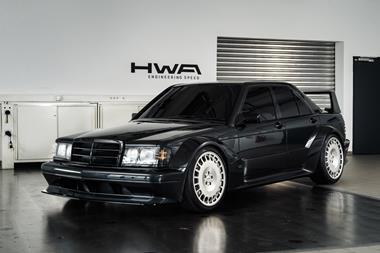
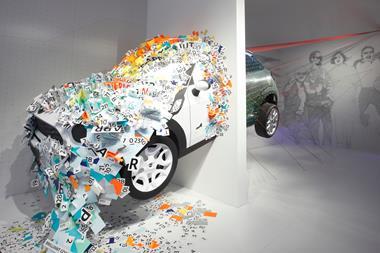
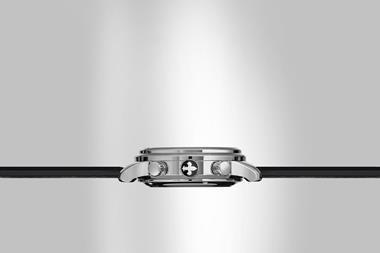



No comments yet